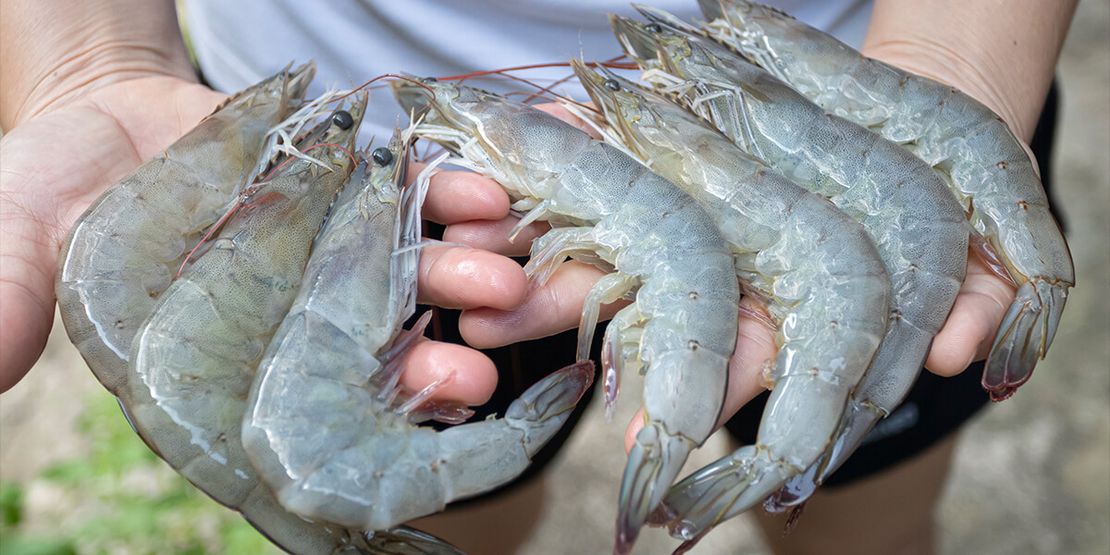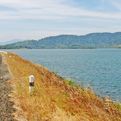Shrimp Diseases in Thailand: A Complete Guide for Farmers
Shrimp farming stands as a cornerstone of Thailand's aquaculture industry, providing sustenance and livelihoods to many. However, the sector faces a perpetual challenge in the form of diseases that can inflict significant losses on shrimp farmers.
In this comprehensive guide, we delve into some of the most common shrimp diseases in Thailand and outline effective strategies for prevention and management.
Vibriosis: Battling Bacterial Menace
Vibriosis, caused by Vibrio parahaemolyticus and Vibrio alginolyticus, emerges as a prominent bacterial threat to shrimp farms. Recognizable by white streaks on the shrimp's body and an elevated mortality rate, this infection requires a multifaceted approach for containment. Implementing rigorous sanitation practices, managing water quality, and incorporating probiotics are pivotal preventive measures. In cases of severe outbreaks, judicious use of antibiotics becomes essential to curtail the bacterial assault.
White Spot Syndrome Virus (WSSV): A Formidable Foe
WSSV stands out as a formidable viral adversary in shrimp farming, leaving a trail of white spots on afflicted shrimp and contributing to alarming mortality rates. The battle against WSSV demands stringent biosecurity measures. Farmers must source disease-free seed, fortify pond isolation practices, and meticulously avoid cross-contamination. This comprehensive approach acts as a bulwark against the devastating impacts of WSSV, ensuring the health and survival of the shrimp population.
Early Mortality Syndrome (EMS): Confronting Bacterial Challenges
Also known as Acute Hepatopancreatic Necrosis Disease (AHPND), EMS poses a significant threat, particularly in shrimp post-larvae and juvenile stages. Characterized by high mortality rates, this bacterial infection necessitates a holistic defensive strategy. Maintaining impeccable water quality, prioritizing proper nutrition, and integrating probiotics into the farming system are crucial components. Additionally, antibiotics may be judiciously employed to manage severe cases and mitigate losses.
Taura Syndrome Virus (TSV): Overcoming Viral Hindrances
TSV introduces malformations, reduced growth, and heightened mortality rates among shrimp populations. To counteract TSV effectively, farmers must enforce robust biosecurity measures. This includes the exclusive utilization of disease-free seed and vigilant prevention of pond cross-contamination. By fortifying these barriers, farmers create an environment less conducive to the proliferation of TSV, safeguarding the overall health and productivity of their shrimp.
Holistic Approach to Disease Management
In conclusion, the battle against shrimp diseases in Thailand necessitates a holistic and proactive approach. Farmers should prioritize good sanitation practices, meticulous water management, and stringent biosecurity measures. Additionally, maintaining optimal nutrition levels and integrating probiotics into the aquaculture system contribute to disease resilience.
Swift and precise intervention, including the judicious use of antibiotics when warranted, is vital for curbing the spread of diseases and minimizing losses. Regular monitoring and early detection serve as crucial tools in the arsenal of shrimp farmers, enabling them to protect their farms and sustain this vital industry.
Recommended for you
Khirithan Dam: An Incredible Scenery in Chanthaburi
The Bear Team















